Researchers from Teltow (Germany) managed to shift the switching temperature of the reversible bidirectional shape-memory effect to the physiological range.
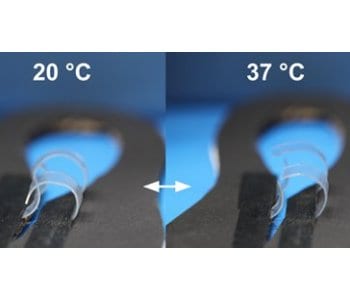


Researchers from Teltow (Germany) managed to shift the switching temperature of the reversible bidirectional shape-memory effect to the physiological range.
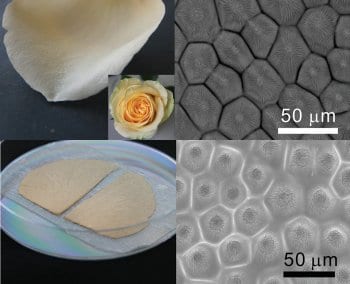
The use of natural substrates as masters to create elastomeric replicas for stretchable electronic devices is demonstrated.
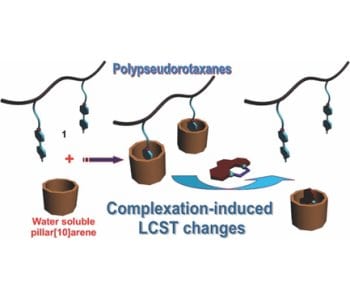
Researchers from Hangzhou, China present a supramolecular method to tune the LCST behavior of a thermoresponsive polymer using pillar[n]arenes.
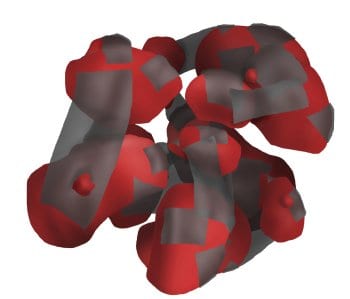
Researchers from Pennsylvania State University report on a red phosphorus-graphene nanosheet hybrid as an anode material for lithium-ion batteries.
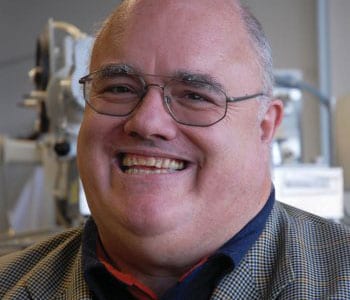
Macromolecular Rapid Communications dedicates a special issue to the 60th anniversary of an outstanding scientist.

Wiley has launched a new interdisciplinary fully open access journal called Advanced Science.
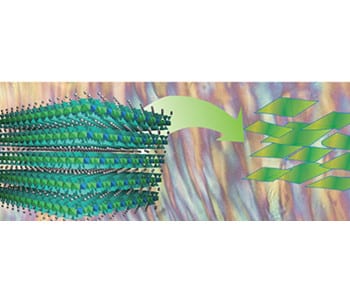
PNIPA gels are hybridized with uniaxially aligned inorganic liquid crystalline nanosheet and adsorbed with a dye deform anisotropically by photo-irradiation.
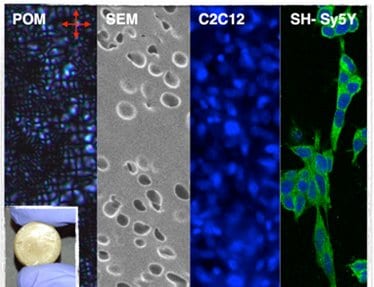
Biocompatible, biodegradable and porous LC elastomers were used as viable, soft scaffolds for cell growth and proliferation in a spatial (3D) fashion.
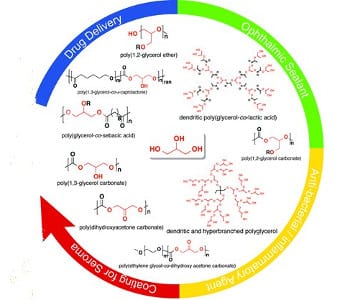
Glycerol polymers represent a major opportunity for replacing or complementing the current polymers used in the biomedical market.
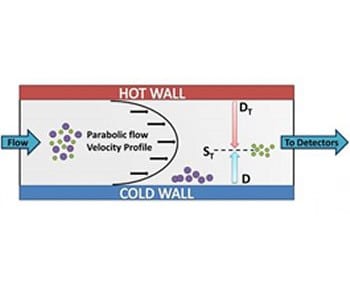
For the first time thermal field-flow fractionation has been shown to be selective towards polymer microstructure.